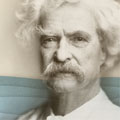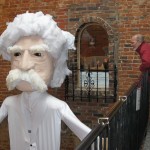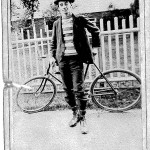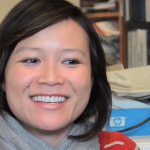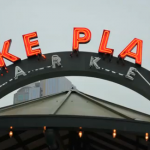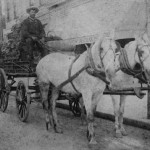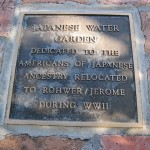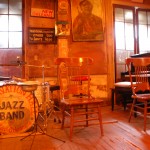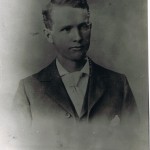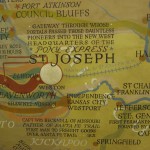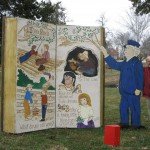From its owner and art to its food, staff and clientele, the Red Rooster Harlem restaurant, our first stop in New York City, sends a multicultural message.
Owner-celebrity chef Marcus Samuelsson, born in Ethiopia, orphaned at 3 and adopted and raised by a couple in Sweden, offers diverse comfort food, whether from the South or from southern Europe. I forgot to order the signature cornbread at the Gospel Sunday Brunch, but my scrambled eggs with fresh tomatoes and mozzarella stirred pleasant memories of Georgia and Genoa, Italy.
The art includes an old movie poster for “Harlem on the Prairie,” blacks cowboying in a stereotypically white world, and a Philip Maysles painting of illustrator Norman Rockwell peering into a mirror to paint a portrait of himself—except he paints Ruby Bridges, the black girl who integrated an all-white New Orleans school in 1960.
As Roz Beauty glides around the restaurant singing “We’re Going to See the King” and other gospel songs, the eyes of a biracial child of a black woman and a white man closely follow her movement. Peter Crippen, the Red Rooster’s service manager, describes the restaurant’s clientele as a “very, incredibly diverse crowd.”
The staff too—Africans and African Americans, Hispanic and white—is a “cross section of everything,” Crippen said. He asked whether I had read the New York Times review of the restaurant by Sam Sifton, who “really nailed it.”
Sifton noted that New York’s restaurants, like its nightclubs and churches, often are monochromatic. Red Rooster is “that rarest of cultural enterprises, one that supports not just the idea or promise of diversity, but diversity itself,” Sifton wrote. “The glory of the Red Rooster is that everyone really is there, actually making the scene: black and white, Asian and Latino, straight and gay, young and old.”
Loren Ghiglione


